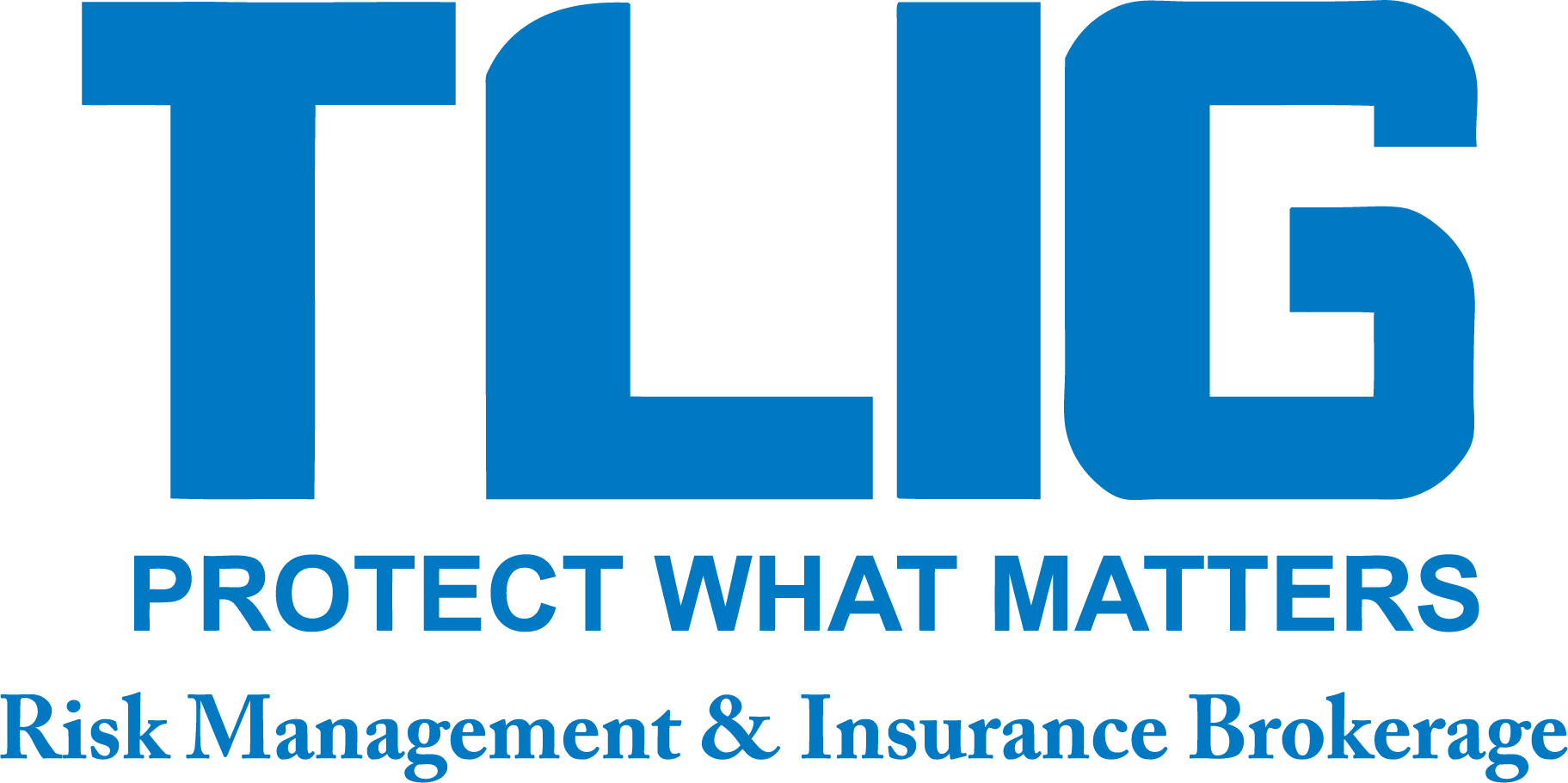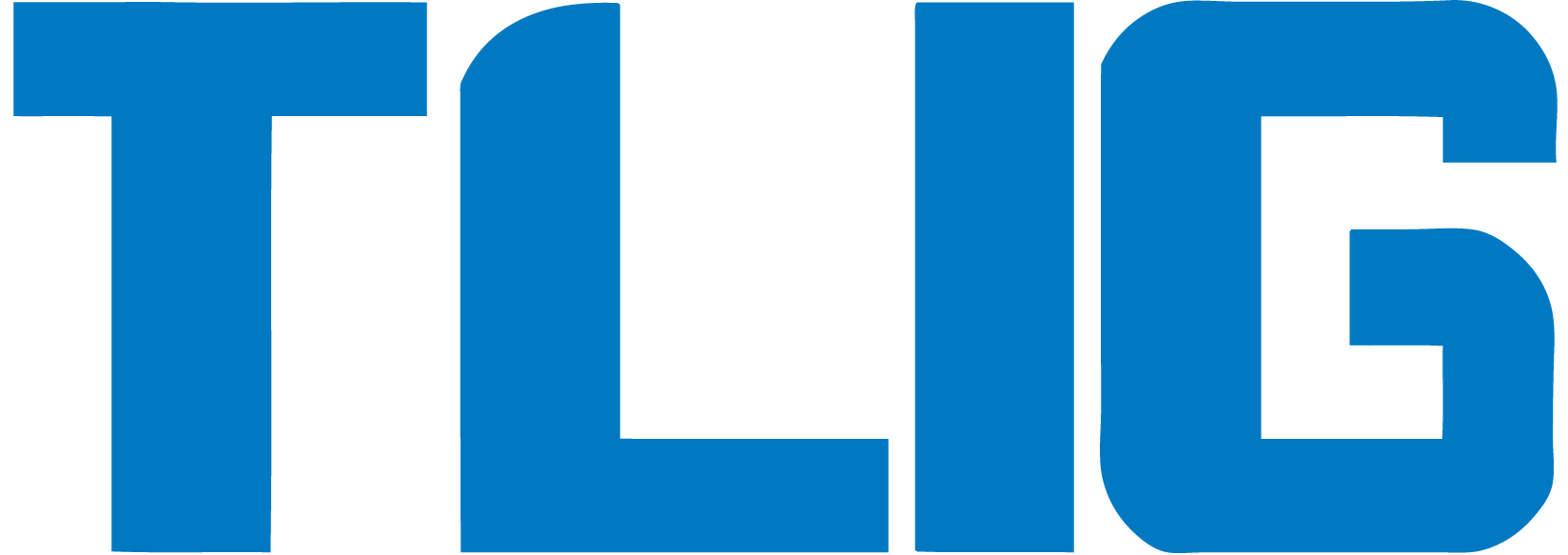You pay for home insurance to avoid incurring large out-of-pocket expenses after a something damages your house and personal property. The last thing you need is an insurance company explaining “adequate limits of insurance” after the fact; especially if that explanation means more cost to you.
According to Marshall & Swift/Boeckh, an organization specializing in building cost research, 59% of homes were underinsured by an average of 22% in 2005. Some reasons for the high number of underinsured homes include inaccurate valuation methods, complacency with current home value and failure to report value-changing improvements and betterments.
The penalty for underinsurance is costly. Your home insurance company requires that you pay for enough insurance to cover the value of the home at the time it is damaged, not when the policy is issued. Most home insurance policies contain a provision requiring the limit of insurance to be equal to or greater than a specified amount for the insurance policy to pay for the full cost of the damage.
For example, say your house catches fire and one-fourth of it is damaged. While adjusting the claim, the insurance company determines that due to increased construction costs, your home’s current replacement value is $100,000. If just a portion of your home is damaged, most home insurance policies require that your limit be at least 80 percent of this amount, in this case $80,000. If your limit is less than $80,000, you will only receive a portion of the $25,000 and will have to pay the difference out-of-pocket…yuck!
Despite the above example, you should never carry a limit of insurance lower than 100 percent of your home’s current replacement value. Here’s why: Consider the previous example, only this time the fire damage is so severe that your entire home must be torn down and rebuilt. If your policy limit is anything lower than $100,000 you will have to pay the difference yourself.
To make matters more difficult is the constant flux of property values. According to the National Association of Home Builders, the cost of common construction materials such as cement, drywall, lumber and nails have soared over the past two years, two to five times faster than gasoline prices! According to Marshall & Swift/Boeckh, some homes that were built just two years ago for $125 a square foot may now cost over $200 per square foot to rebuild.
People also forget to count improvements. According to the Harvard University Joint Center for Housing Studies, homeowners spent $149 billion on owner-occupied home improvements in 2005. And this amount doesn’t include home repair costs or the amount spent by landlords on rental homes—two factors that would exponentially increase this dollar figure. Have you added a burglar alarm system, closed in the garage, put in new floors or redone the kitchen? Improvements like these are fair game in determining the current value of your home. In addition, many homeowners do not understand that factors like market price, property tax appraised value and mortgage amount are not the same as the cost to repair or rebuild your home after a loss.
Preventing underinsurance is tricky but not impossible. Most home insurance policies can be modified to increase insurance limits automatically. Regular communication (at least annually) with your insurance agent will help you understand limits and trends. And reporting improvements will help keep your limits up-to-date.
These steps will help ensure that your home insurance policy will do what you expect it to come claim time.
TLIG is a local Trusted Choice® agency that represents multiple insurance companies, so it offers you a variety of personal and business coverage choices and can customize an insurance plan to meet your specialized needs.
Visit us online at www.tligins.com or call us at (434) 582-1444





